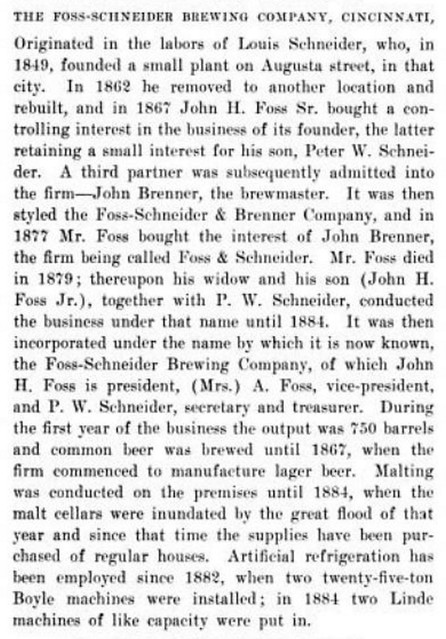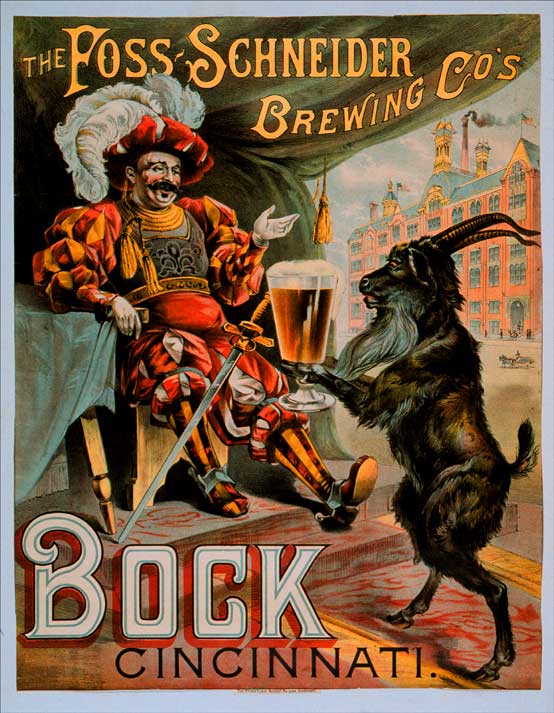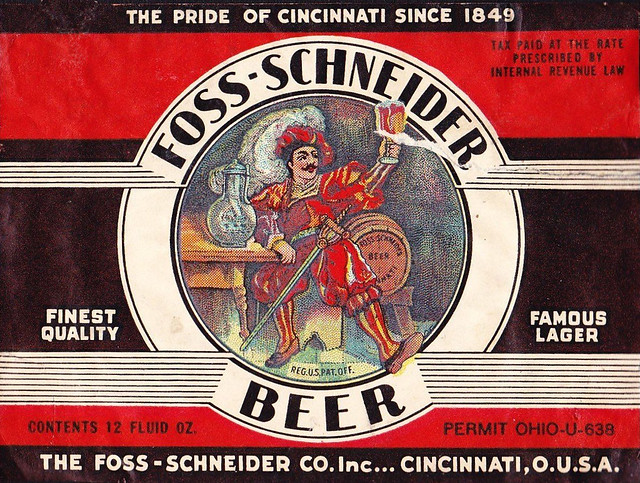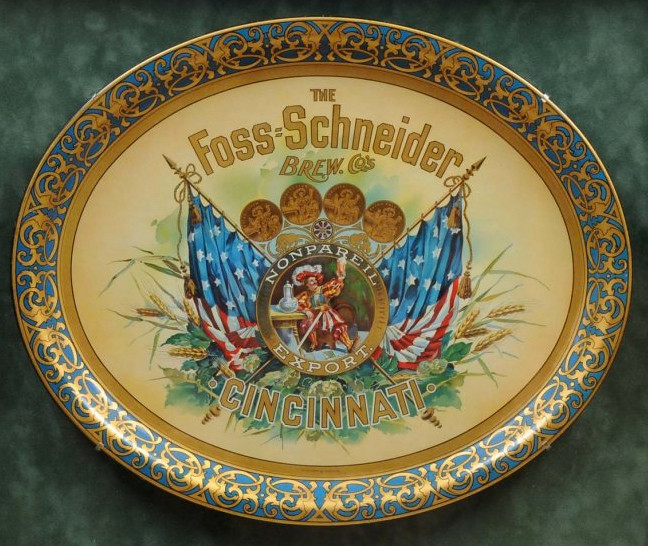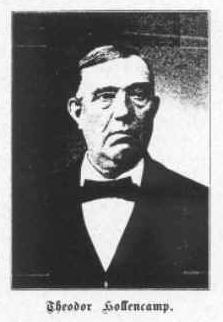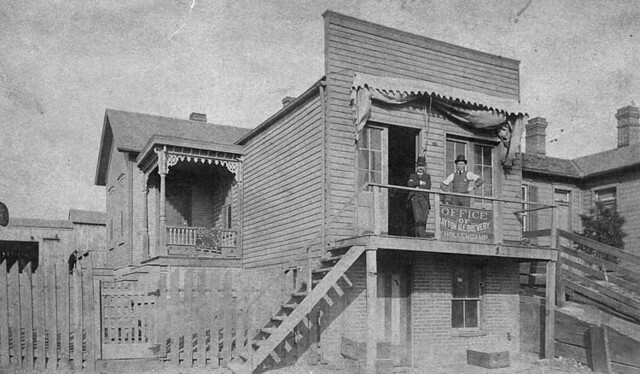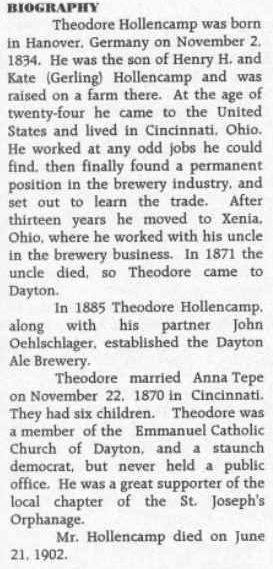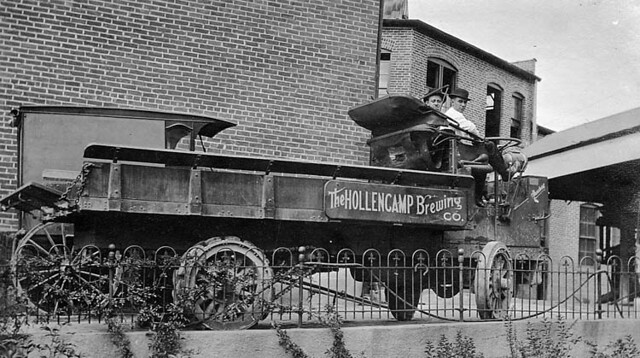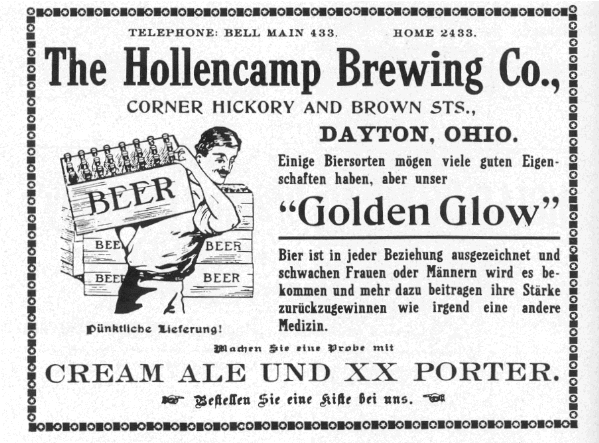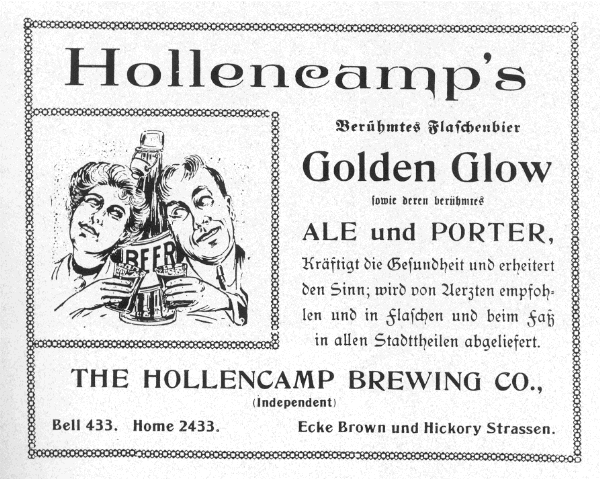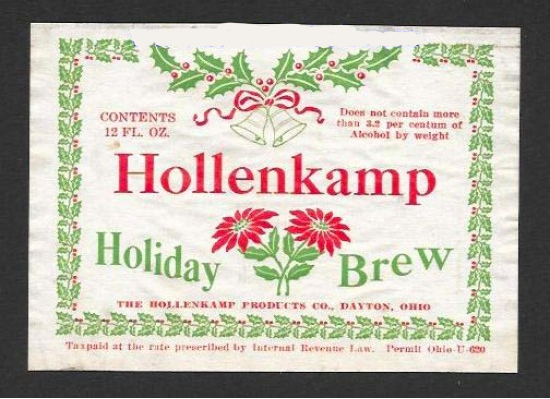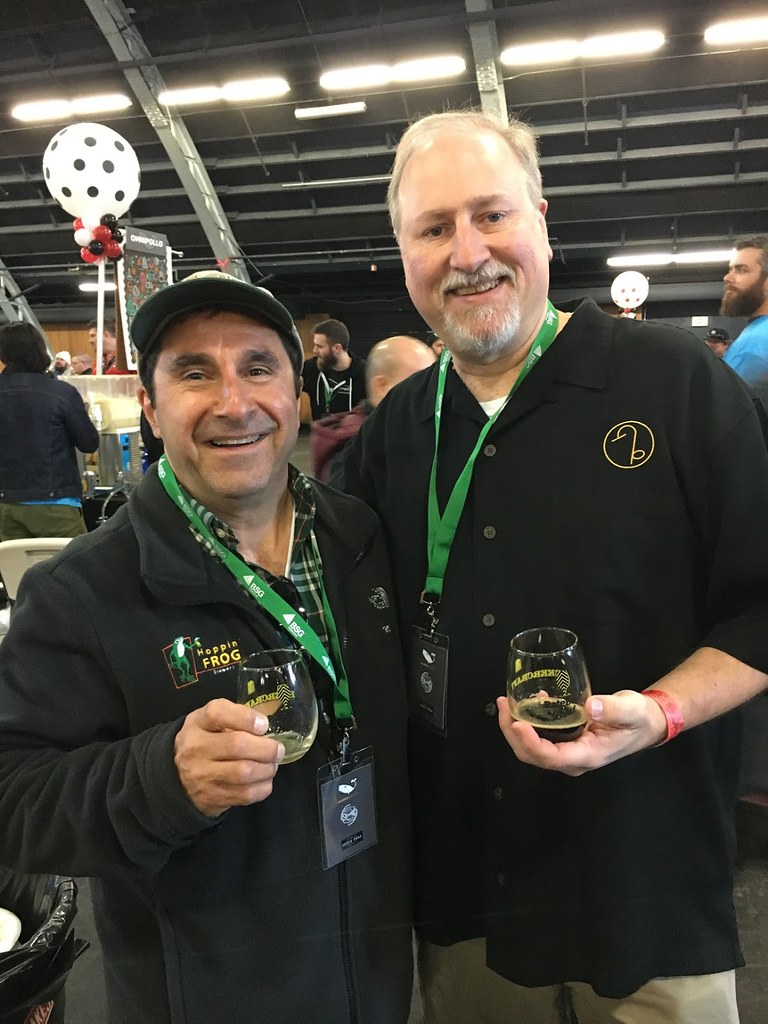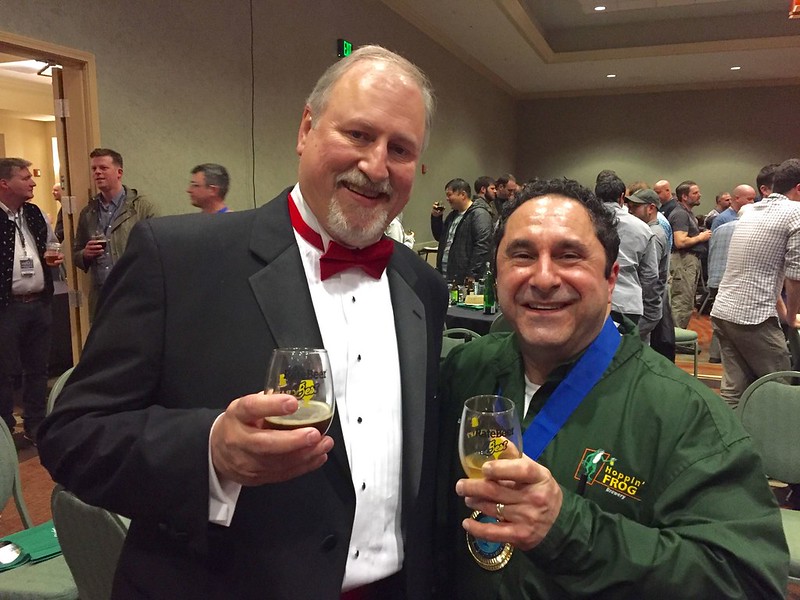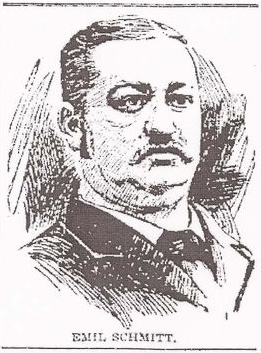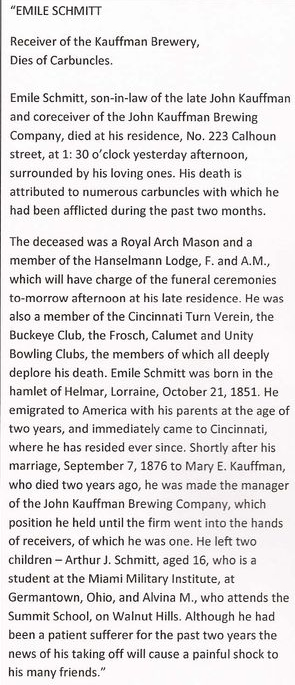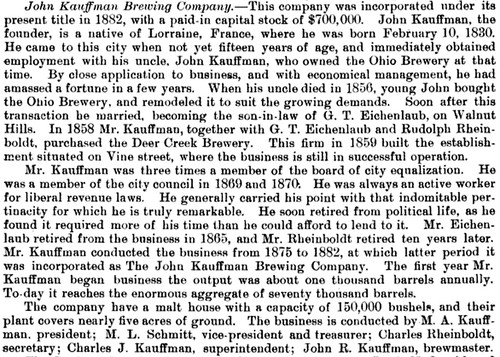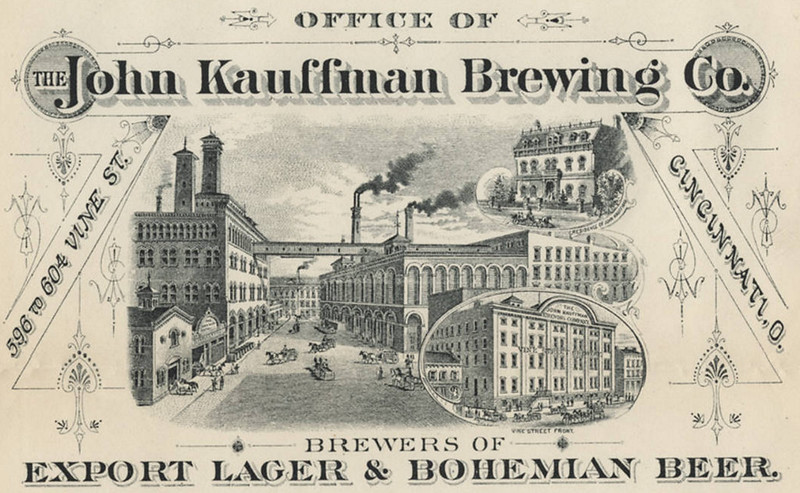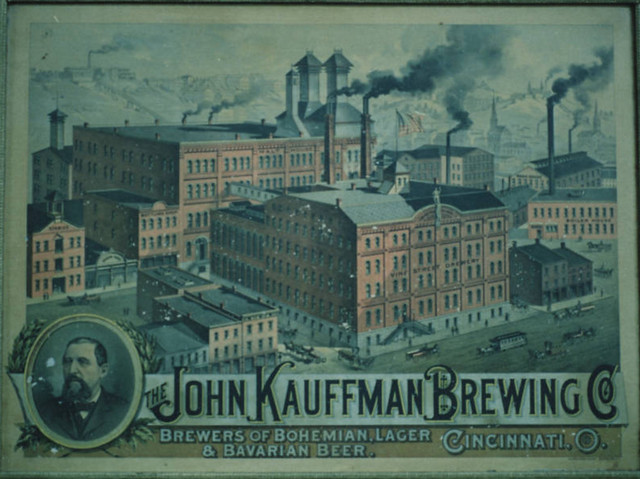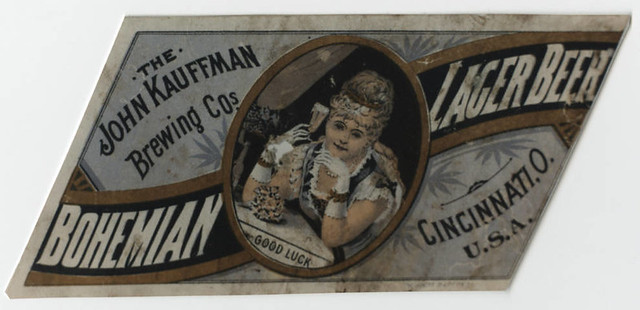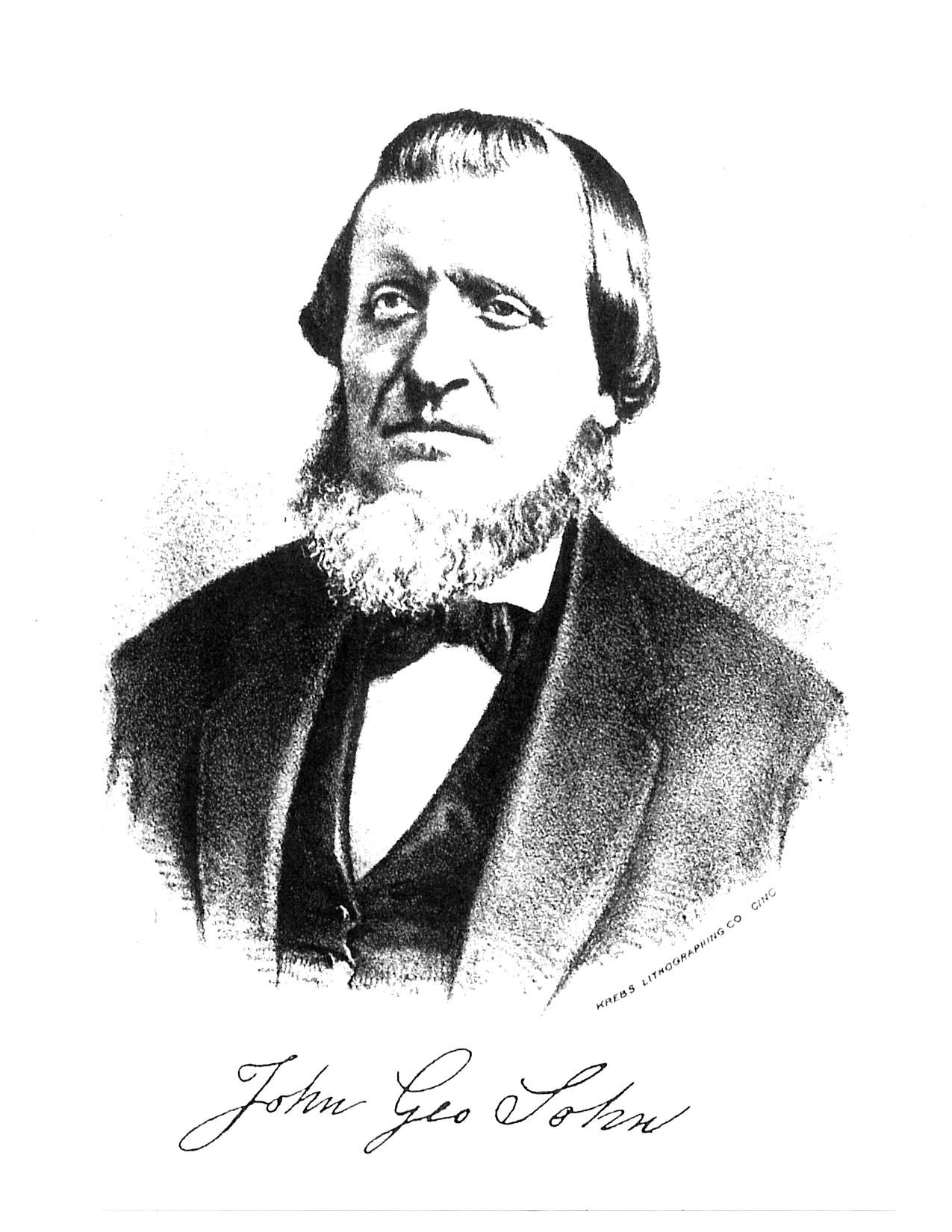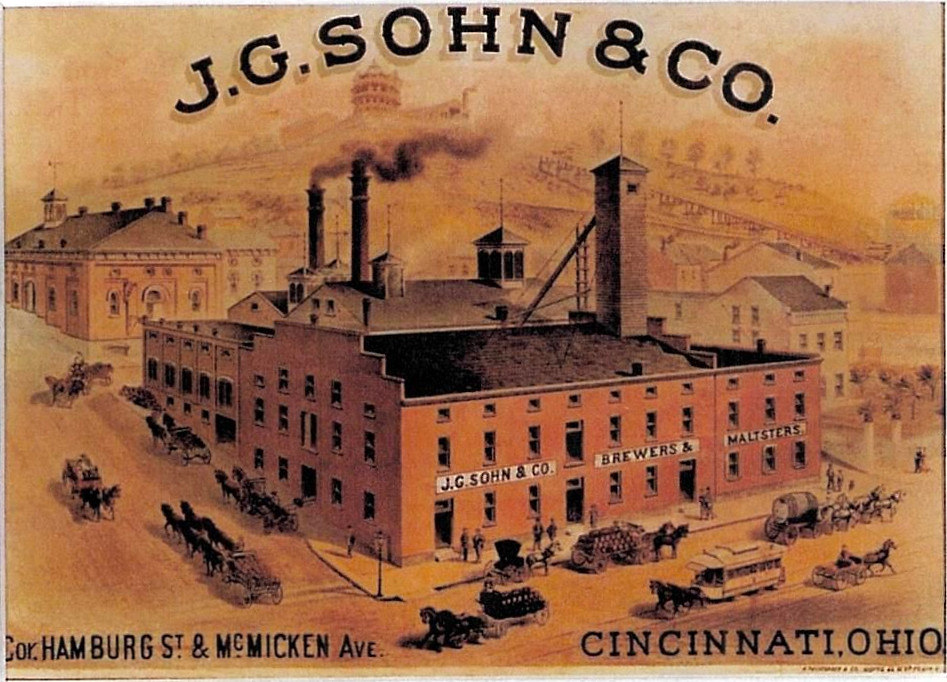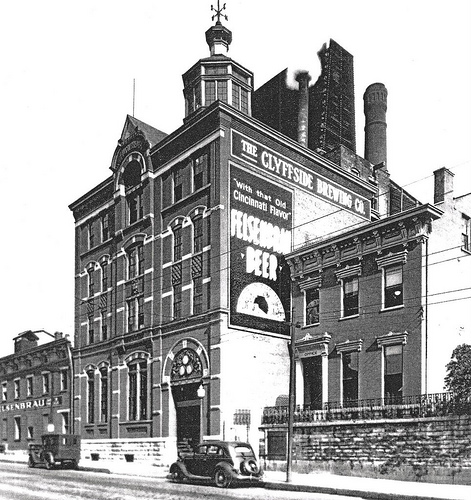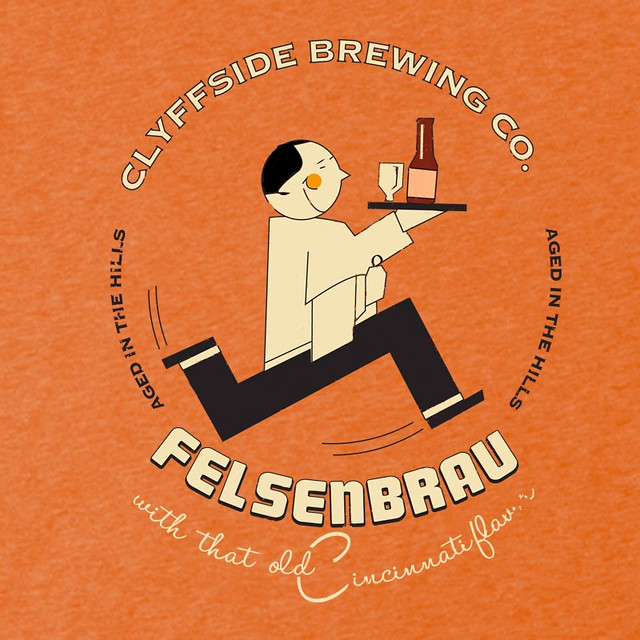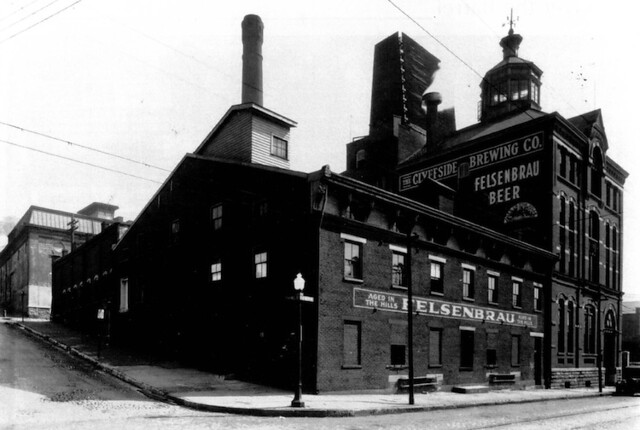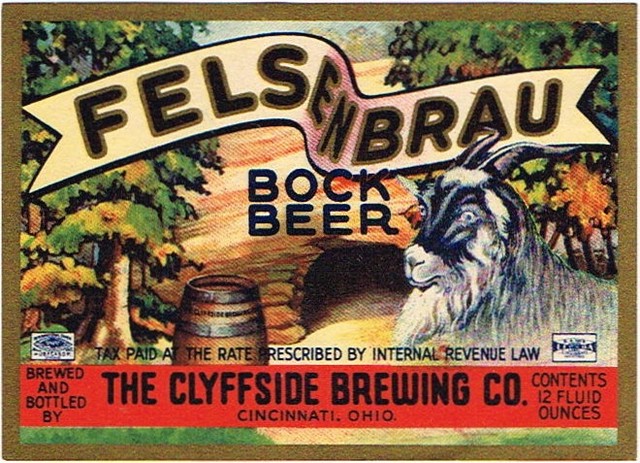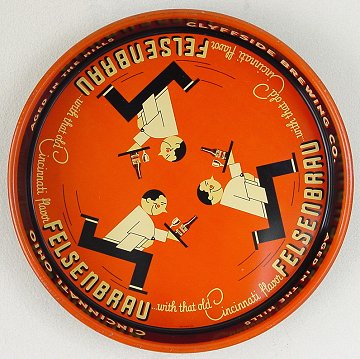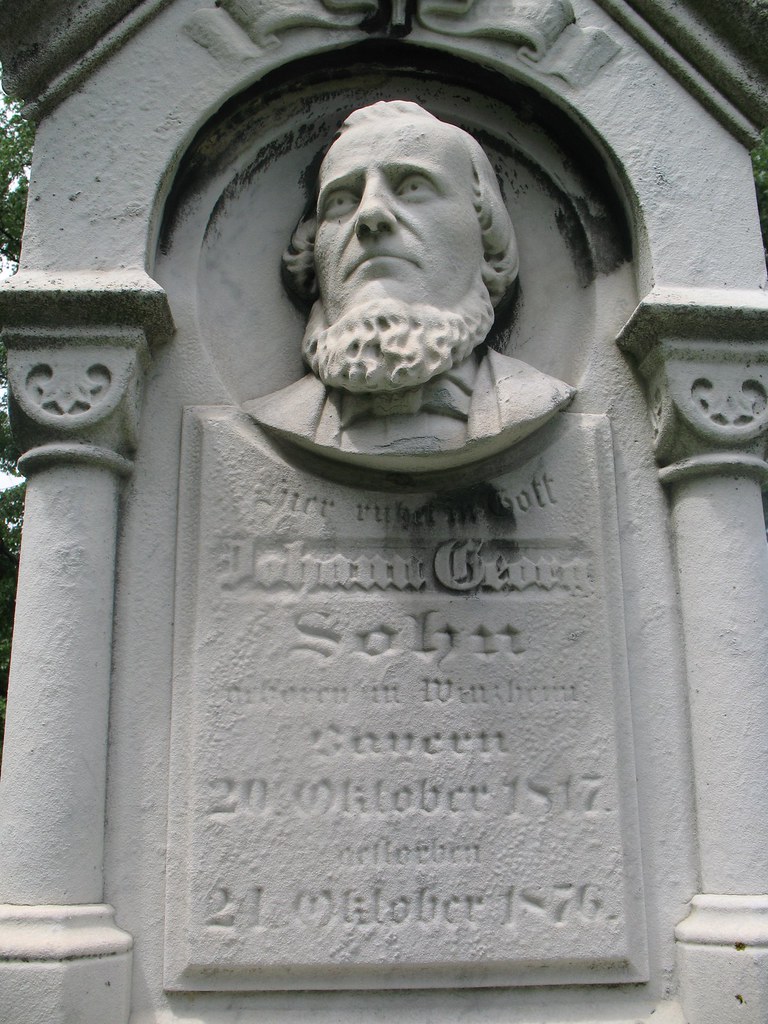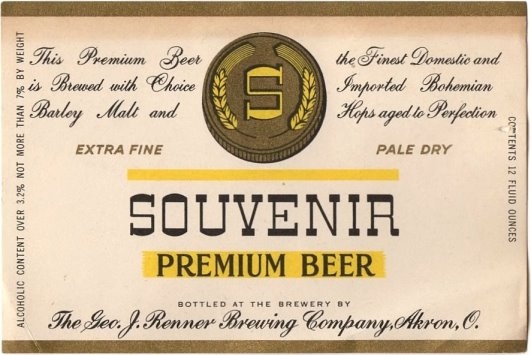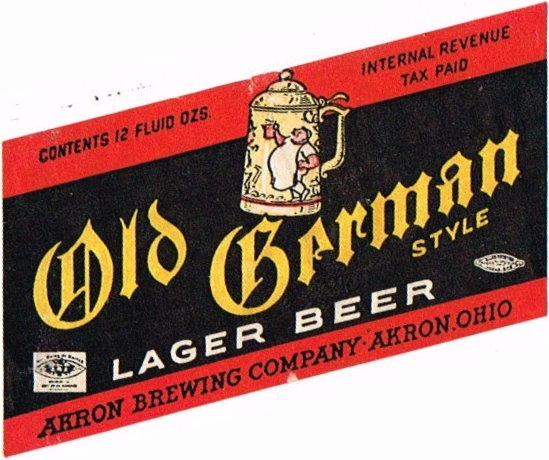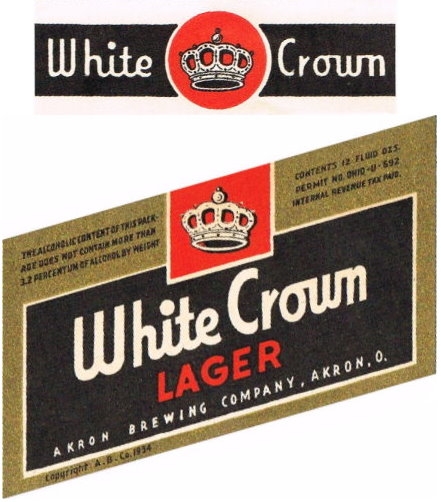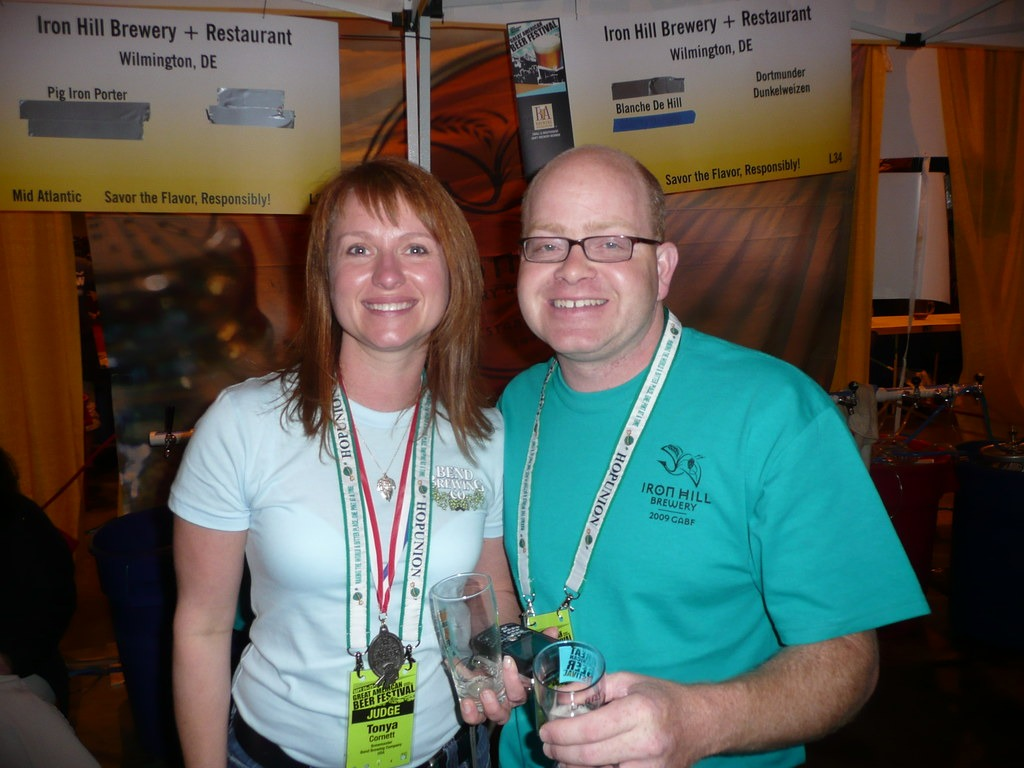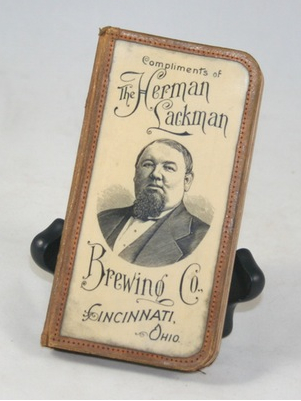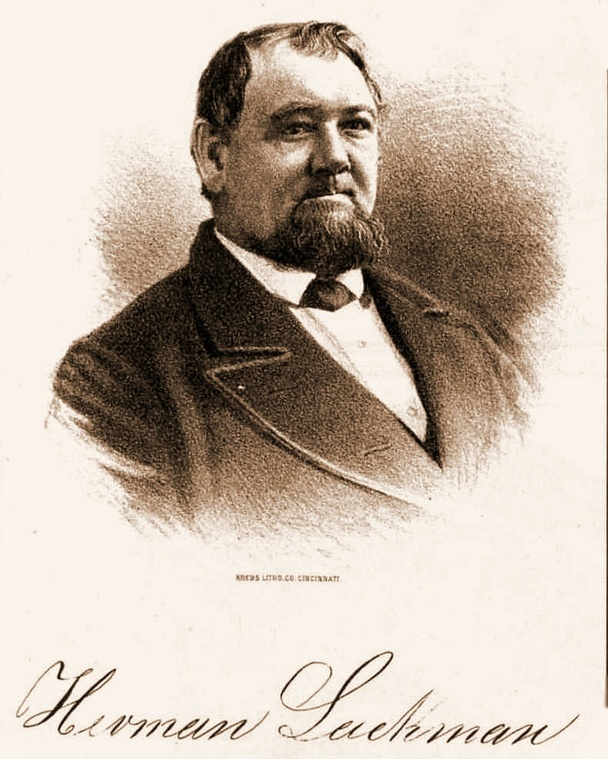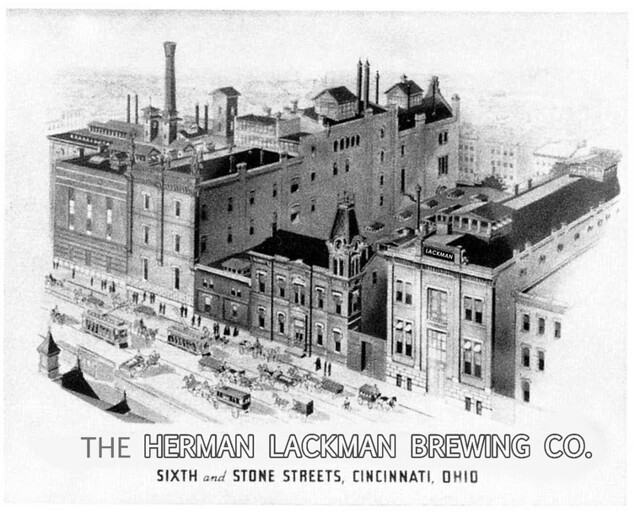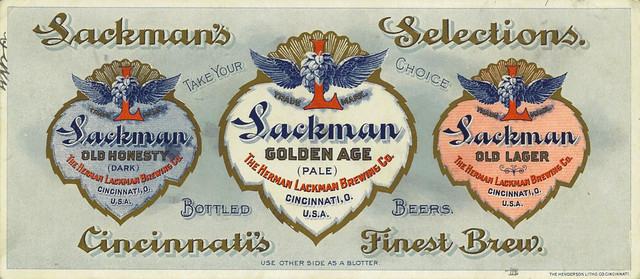
Today is the birthday of John Henry Foss (November 30, 1859-December 13, 1912). He was the son of Henry Foss, who in 1867 became involved with the Louis Schneider Brewery in Cincinnati, Ohio, eventually becoming a partner. It was later known as the Foss-Schneider Brewing Co. When his father passed away in 1879, John H. Foss stepped into his father’s role as co-owner of the company and was also president of the brewery. The brewery closed during prohibition, but reopened when it was repealed in 1933, though closed for good in 1939.
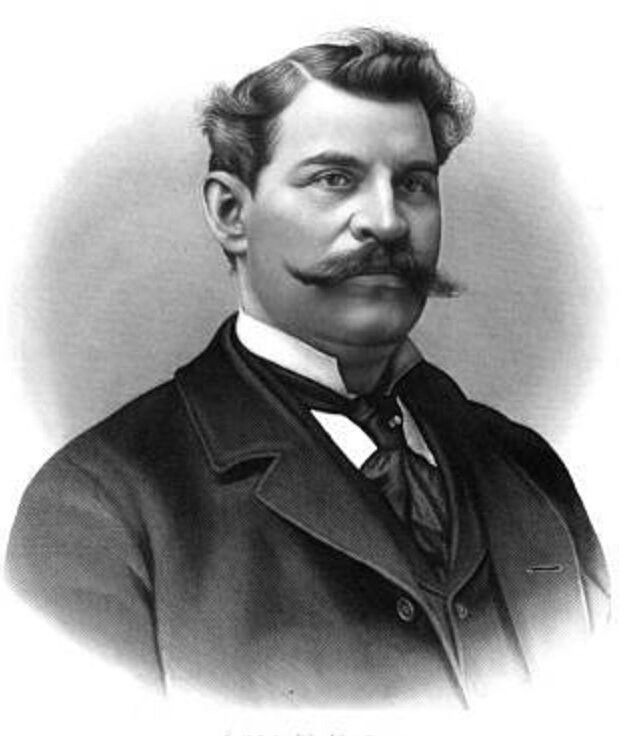
This biography is from the “History of Cincinnati and Hamilton County, Ohio: Their Past and Present,” published in 1894:
John H. Foss, president of the Foss-Schneider Brewing Company, is the eldest son of the late John Henry and Adelaide (Te Veluwe) Foss. He was born in Cincinnati, November 30,1859, received his education at. Xavier College, and became the junior partner of the firm of Foss & Schneider in 1879. In 1883 he made an extensive tour, inspecting many of the greatest breweries of Europe, and obtaining ideas there from that have proved of incalculable benefit in his management of the business of his company. Upon his return from Europe, and the incorporation of the business in 1884, he was elected its secretary and treasurer, in 1890 becoming its president. On November 4, 1885, Mr. Foss was married to Katherine Marie, daughter of B. H. Moorman, a retired merchant and capitalist of Cincinnati. She died May 15, 1893, leaving two children, Adele and Robert. The foundation of the Foss-Schneider Brewing Company was laid in 1849 when Louis Schneider transformed his little cooper shop on Augusta street into a brewery. The new industry thrived, and became known as the Queen City Brewery. Soon a removal to more commodious quarters was necessitated. In 1863 new buildings were erected on the site of the present plant on Fillmore street. Four years later Mr. Schneider, on account of ill-health, sold out to Foss, Schneider and Brenner, the son, Peter W. Schneider, taking up the burden of active interest in the business laid down by the father. In 1877 Mr. Foss purchased the interest of Mr. Brenner.
The business was then continued under the name of Foss & Schneider until the death of John Henry Foss, August 13, 1879, when his interest became the property of his widow and her eldest son, John H. Foss, P. W. Schneider still retaining his interest. In 1884 it was incorporated under the name of The Foss-Schneider Brewing Company. The year 1884 was one of annoyance and disaster to the young corporation. The flood which devastated the city that year undermined and caused the collapse of the malt house burdened with over sixty thousand bushels of malt. This calamity, however, caused no cessation of work, and, in spite of the disaster, the business of that year showed an advance over the preceding year. It was determined at this time, too, to erect an entirely new plant, and in less than one year the Foss-Schneider Company was installed in one of the finest and most completely equipped brewery structures in the country. The product of this great establishment is celebrated, and finds a ready market throughout the United States and in many foreign lands, the annual output being 80,000 barrels.
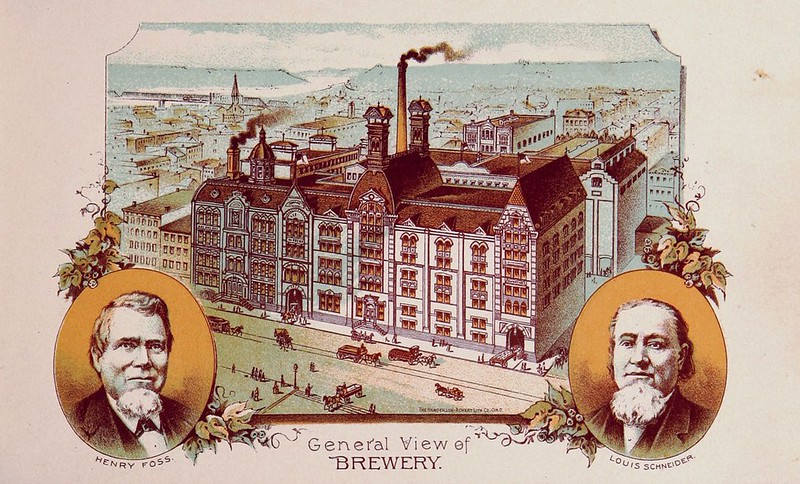
Here’s a short history of the brewery, from “100 Years of Brewing:”
